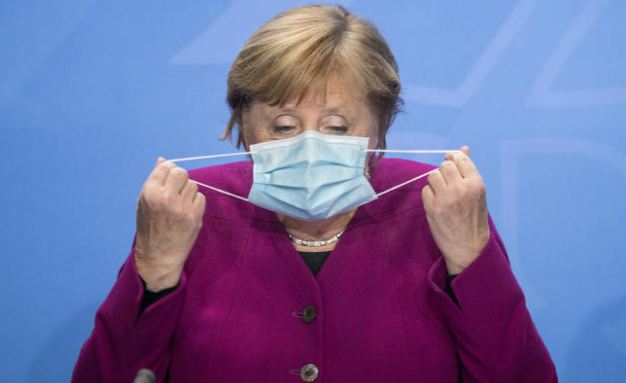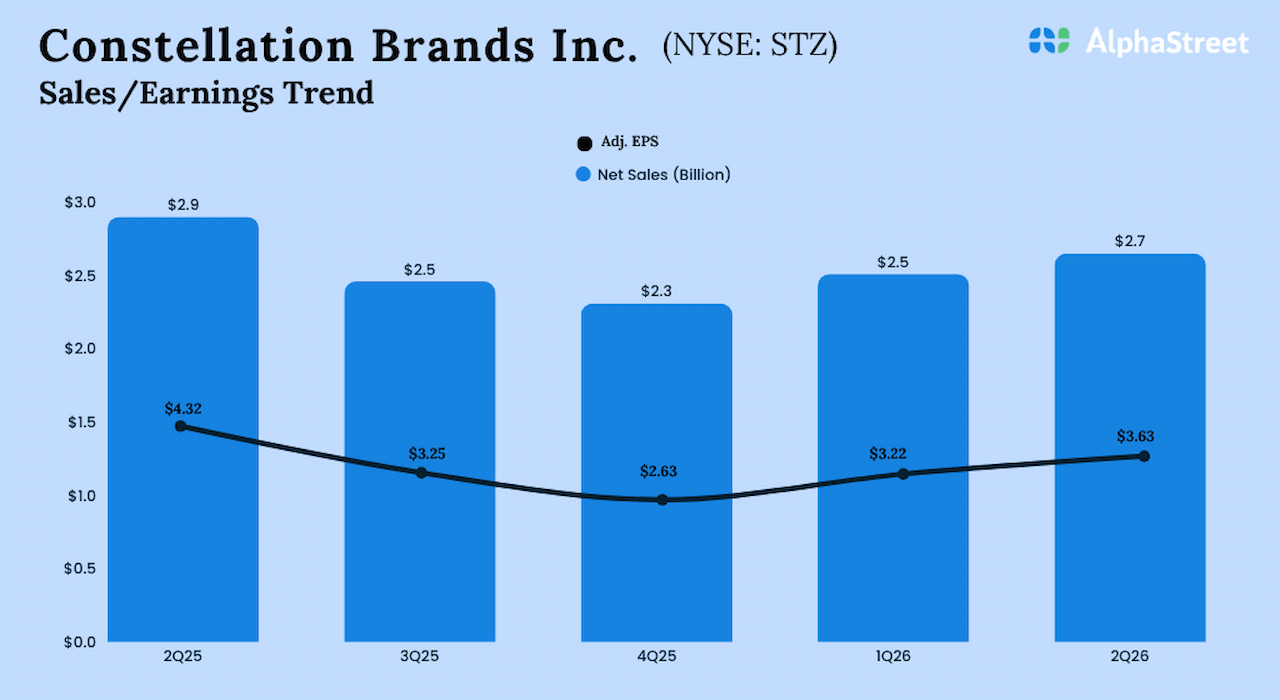These Greeks are connected to the prices of the underlying assets and are used by traders to understand option sensitivity. As they reconvened after a short break, Maya explored further into the factors that determine option prices.
Click here for the complete series & other learning content: Market Classroom
Time to Expire:
Maya continued, “Another crucial factor influencing option prices is the time remaining until expiration. As time passes, an option’s value may decrease due to time decay, also known as theta decay. This means that options lose value as they approach their expiration date, assuming other factors remain constant. The Greek that measures the rate of time decay is called Theta.”
Tara asked, “If I understood correctly, this decay is related to the extrinsic part of the option value, which is the total option value in out-of-the-money options as they don’t have intrinsic value?”
“You’re absolutely right,” replied Maya, impressed with Tara’s quick grasp of options knowledge. She continued to explain Theta in more detail.Theta:
“Theta measures the rate at which an option loses value over time. It represents the amount by which the option’s value decreases every day due to the passage of time, assuming all other factors remain unchanged. Theta is highest for at-the-money options and decreases as the options move in-the-money or out-of-the-money. For instance, if the theta of a call option is -0.05, it means the option’s value will decrease by $0.05 per day due to time decay.”
Tara asked, “So, the longer you hold an option, the more it loses value without any price movement.”
“Exactly!” replied Maya. “Furthermore, Theta decay primarily affects options that are out-of-the-money or near expiration, leading to a more rapid decay.”
Tara inquired, “So, how do traders utilize Theta in their strategies?”
Maya explained, “Traders can leverage theta decay in several ways. One popular strategy is known as Theta-based options selling or Theta decay harvesting.
Traders using this strategy sell options with high Theta values to capture the decaying time premium. They believe that time decay will work in their favour.”
Tara asked, “But isn’t there more risk involved in option writing? The potential losses can theoretically be unlimited, right?”
Maya acknowledged, “Absolutely! Selling options do come with its risk. If the underlying security moves against the trader’s position, losses can be significant. The potential losses can outweigh the gains from time decay. However, by carefully selecting strike prices and managing their positions, traders can mitigate these risks.”
Tara remarked, “I see. Are there any other ways traders use Theta decay?”
“Absolutely!” replied Maya. “Another popular strategy involving Theta decay is called calendar spreads or time spreads. Traders create these spreads by simultaneously buying and selling options with different expiration dates but the same strike price. The idea here is to take advantage of the different rates of Theta decay between the two options.”
Tara exclaimed, “That sounds interesting! How does it work?”
Maya explained, “Well, let’s say a trader believes that the underlying security will remain relatively stable in the short term but expects increased volatility in the future. They can sell a near-term option and buy a longer-term option of the same type (Call or Put) and the same strike. As time passes, the near-term option will lose value faster due to higher Theta decay, while the longer-term option will retain more of its value.”
Tara asked, “Ah, so they’re capitalizing on the accelerated decay of the shorter-term option?”
“Exactly!” confirmed Maya. “If the underlying security remains stable, the trader can profit from the faster decay of the sold option and potentially close the position at a profit.”
Tara responded, “That’s fascinating! It seems like option Theta decay is a powerful concept for traders to understand and utilize in their strategies.”
Maya agreed, “Absolutely! Time decay can either be a friend or a foe, depending on the strategy employed. Traders who are aware of this phenomenon can use it to their advantage and potentially enhance their profitability.”
Maya then suggested, “Next, let’s dive into another important factor that determines option prices, especially when a larger price move is expected, which could be due to an important upcoming event. This factor is called Volatility.”
To be Continued…
Part 1: Options Demystified 301 – Option Greeks (Part 1)
(The author is CEO Yubha.com, TradingHeads.com)
(Disclaimer: Recommendations, suggestions, views, and opinions given by experts are their own. These do not represent the views of the Economic Times)







































